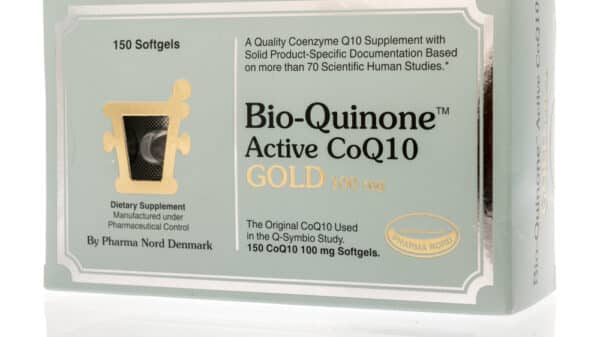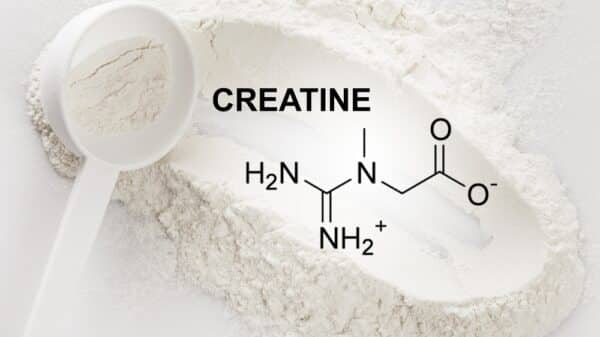The journey to increasing physical strength is a captivating paradox: we must first engage in controlled destruction. This means pushing our muscles to their limits, causing microscopic damage that triggers a remarkable biological response in the days that follow. The workout itself serves as a stimulus, but the true magic of muscle adaptation happens during recovery, a time defined by cellular repair and regeneration.
When exploring recovery, many consider various nutritional products, yet the most vital and often underestimated component is oxygen. This element, essential for life, significantly influences how efficiently our bodies recover from strenuous activities. Delving into the connection between oxygen availability and the cellular processes behind muscle repair unveils how essential proper breathing is to rebuilding strength.
The Cellular Engine: ATP Production and the Importance of Oxygen
Energy is the cornerstone of every biological function, particularly when it comes to repairing and rebuilding muscle tissue. The key player in this energy expenditure is Adenosine Triphosphate (ATP), which acts as the universal energy currency our body relies on.
ATP fuels critical recovery tasks, such as:
- Repairing microscopic tears within muscle fibers.
- Synthesizing new proteins to rebuild damaged tissue.
- Replenishing depleted glycogen stores.
- Clearing out metabolic byproducts produced during intense activity.
The most effective method for ATP production is through aerobic respiration, a process occurring in the mitochondria that relies heavily on oxygen. During high-intensity exercise, the body often faces an oxygen deficit, leading to anaerobic pathways that are less efficient. The first step in recovery, therefore, is simply to breathe deeply. Repaying this oxygen debt allows our cells to regain access to aerobic respiration, enabling the generation of the ATP necessary for muscle regeneration.
Managing Inflammation and Developing New Pathways
Immediately after strenuous exercise, the body kicks off a controlled inflammatory response—a vital and beneficial phase of the healing process. Specialized immune cells are dispatched to the damaged areas to clear cellular debris and prepare for reconstruction. Oxygen plays a crucial role in this response in two key ways:
- Fueling the Cleanup Crew: Oxygen-rich blood acts as a transport system that delivers immune cells directly to the injured sites, where they need oxygen to perform their cleanup duties efficiently.
- Building New Pathways: Oxygen is essential for angiogenesis, the process through which the body forms new blood vessels in response to exercise-induced stress.
This newly established blood supply enhances the future delivery of oxygen and nutrients, illustrating the body’s remarkable capacity to not just heal but also fortify itself for future challenges.
Protein Synthesis: An Oxygen-Powered Assembly Line
Once the cleanup and inflammatory phases have appropriately subsided, the process of muscle protein synthesis begins. This is where the body embarks upon constructing new, stronger muscle fibers. Every step of this intricate biological process relies on ATP generated from oxygen. It begins with the activation of satellite cells—muscle stem cells that remain dormant beside muscle fibers. Upon detecting damage, they spring into action, fusing with existing fibers to repair them or joining together to form new fibers. As they mobilize, they also begin synthesizing new proteins from amino acids.
The Hypoxia Hurdle and Enhancement Strategies
However, when oxygen levels are insufficient—a condition known as hypoxia—the recovery process can be significantly impeded. Hypoxia can occur in high-altitude conditions, where oxygen availability is reduced, or during periods of extreme physical exertion that exceed the body’s oxygen transport capacity. This shortage hampers ATP production, subsequently delaying the clearance of metabolic waste and prolonging inflammation. As a result, the body remains in recovery mode longer before entering the rebuilding phase.
This challenge has led some athletes to adopt strategies to improve oxygen availability post-exercise. The market has seen an influx of oxygen supplements aimed at boosting the body’s oxygen saturation levels immediately following workouts, which may help expedite cellular energy replenishment and facilitate more efficient recovery.
Conclusion
Oxygen transcends its role as merely a component of the air we breathe; it stands as the critical factor driving the intricate processes of muscle repair and adaptation. This essential element supplies the energy needed for cellular operations, manages inflammation effectively, and plays a pivotal role in the assembly of new muscle tissue. Understanding the significance of oxygen redefines the concept of recovery, from mere rest to an active, energy-intensive endeavor that requires deliberate support. Strength is not only achieved through the last heavy lift but is also meticulously reconstructed in those quiet, oxygen-rich moments that follow, revealing the profound connection between respiration and regeneration.
Image Source: Unsplash
































